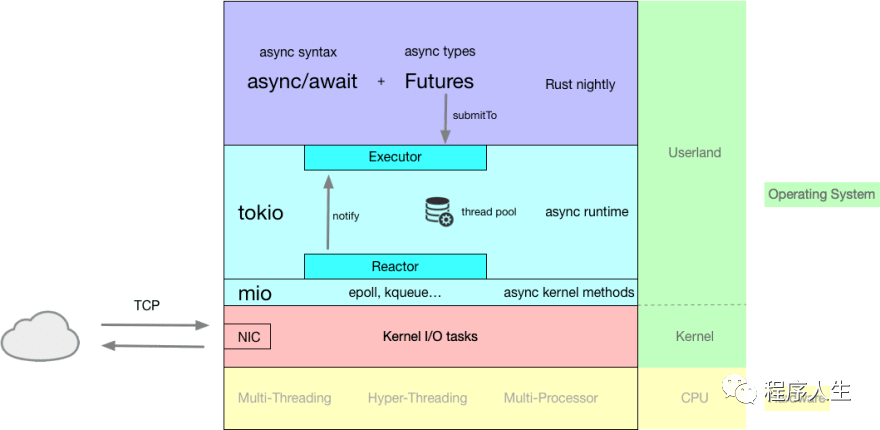DSCR Loans Explained: Navigating the World of Deferred Synthetic Credit Rights
Guide or Summary:What are DSCR Loans?How Do DSCR Loans Work?Advantages of DSCR LoansDisadvantages of DSCR LoansDSCR, or Deferred Synthetic Credit Rights, ha……
Guide or Summary:
DSCR, or Deferred Synthetic Credit Rights, has emerged as a fascinating and complex financial tool, particularly in the realm of structured finance. Understanding DSCR loans involves delving into the intricacies of leveraging financial instruments to create customized financing solutions. This guide aims to demystify DSCR loans, unraveling the layers of complexity that often surround this financial concept.
What are DSCR Loans?
At its core, DSCR loans are financial instruments that provide a synthetic credit facility. Unlike traditional loans, which require a borrower to make regular payments based on the principal amount borrowed, DSCR loans are structured to mimic the cash flows of an underlying asset or portfolio. This unique feature allows for the creation of tailored financing solutions that can be customized to fit the specific needs of a borrower.

How Do DSCR Loans Work?
The operation of DSCR loans is rooted in the concept of synthetic credit. Essentially, DSCR loans are created by combining a series of financial instruments, including options, swaps, and other derivatives, to simulate the cash flows of an underlying asset or portfolio. By structuring the loan in this manner, borrowers can access financing without the need to put up collateral or meet the traditional credit requirements.
Advantages of DSCR Loans
One of the primary advantages of DSCR loans is their flexibility. Because they are tailored to the specific needs of a borrower, DSCR loans can be structured to accommodate a wide range of financing requirements. This flexibility makes them an attractive option for borrowers seeking customized financing solutions.
Another advantage of DSCR loans is their ability to provide financing without the need for collateral. This can be particularly beneficial for borrowers who may not have the assets required to secure traditional loans. Additionally, DSCR loans can be structured to provide financing for a wide range of purposes, from real estate development to business acquisitions.
Disadvantages of DSCR Loans
Despite their many advantages, DSCR loans are not without their drawbacks. One of the primary disadvantages of DSCR loans is their complexity. Because they are structured to mimic the cash flows of an underlying asset or portfolio, DSCR loans can be difficult to understand and navigate. This complexity can make it challenging for borrowers to fully grasp the terms and conditions of the loan.

Another disadvantage of DSCR loans is their cost. Because they are structured to provide financing without the need for collateral, DSCR loans can be more expensive than traditional loans. This increased cost can be a significant barrier for borrowers who may not have the financial resources to cover the higher interest rates associated with DSCR loans.
DSCR loans represent a unique and sophisticated financial instrument that can provide tailored financing solutions to borrowers with specific needs. While they offer a range of advantages, including flexibility and the ability to provide financing without the need for collateral, they are also complex and can be more expensive than traditional loans. As with any financial tool, it is important for borrowers to carefully consider their options and consult with financial experts before pursuing DSCR loans. By doing so, they can make informed decisions that align with their financial goals and objectives.